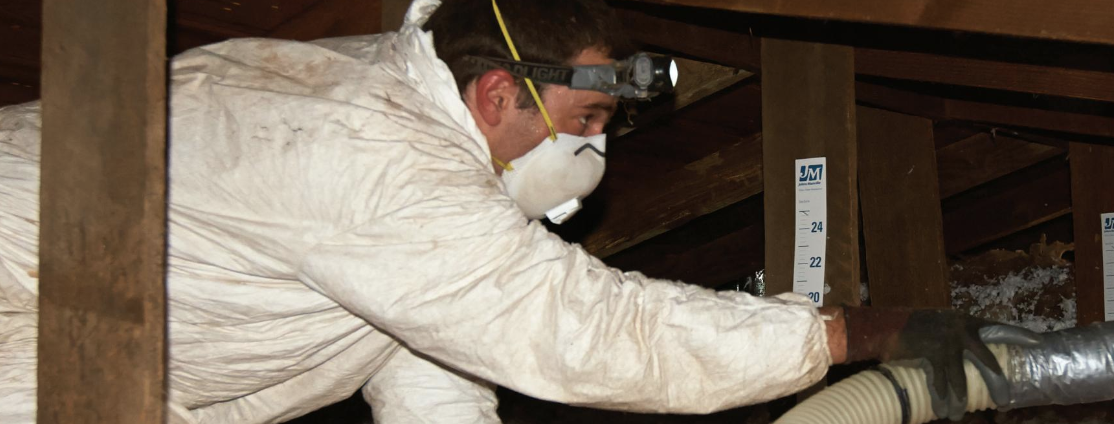EFFICIENCY TIPS for Older Homes
By Miranda Boutelle
Q: How do I improve the efficiency of my old home while keeping its charm?
A: I love old homes. The details and craftsmanship have always drawn me in. The features of older homes can make them less efficient than modern construction, but it doesn’t have to remain that way. You can keep the charm and make your home more efficient.
Start by prioritizing invisible upgrades that make your home more comfortable and efficient. When we were children, I doubt any of us thought, “When I grow up, I want to spend my hard-earned money on insulation.” It’s not as exciting as new countertops or a remodeled bathroom, but air sealing and insulation can save you money every month. You can use those savings for aesthetic improvements.
Many older homes are not adequately insulated. Insulation has several benefits beyond sealing your home and preventing outdoor air from seeping in. It reduces outside noise and improves your comfort.
Always properly air seal before you insulate. Older homes with pocket doors, coved ceilings, dumbwaiters, doors to attic spaces and laundry chutes allow indoor air to escape through cavities, gaps and cracks around these classic features.
Sealing these open cavities usually requires plywood, rigid foam or drywall fastened into place and caulked around edges.
Keep an eye out for framing features that cause drafts. Balloon framing is a type of construction where wall studs run all the way from the foundation to the roof, allowing air to flow freely within those spaces.
Second floors with knee-wall attics on both sides are known for air leakage. Open cavities allow air to flow horizontally between attic spaces, making the home uncomfortable and inefficient. Seal these cavities in the floor framing and insulate attic spaces.
Dense-packed cellulose or closed-cell foam insulation can be sprayed into exterior walls. Skilled contractors can remove pieces of siding and drill holes to fill wall cavities from outside the home.
For brick or stone homes, holes can be drilled from the inside and then patched and painted. Insulating walls from the inside of the home requires more time and effort in preparation and cleanup, but having well-insulated walls is worth it.
Knob-and-tube wiring—commonly used from the early 1880s to the 1930s—has no grounding wire and should be replaced prior to insulating walls and attics for safety purposes. Contact between insulation and knob-and-tube wiring can cause a fire.
People often think new windows are the best way to improve a home’s efficiency. With the high cost of replacing windows, I recommend investing in air sealing and insulation first. Then consider storm windows to keep the charm of the original windows, such as leaded or stained glass, as long as they’re in good condition. Choose from interior or exterior options that are operable and inoperable.
Once you’ve addressed the envelope of your home, consider appliance upgrades. Replace old electric water heaters with heat pump water heaters. This upgrade can save a family of four an estimated $550 per year, totaling more than $5,600 over the lifetime of the water heater, according to Energy Star.
Invest in high-efficiency heating and cooling equipment. A mini-split heat pump, also called a ductless heat pump, is more efficient than electric baseboard heating and provides the added benefit of air conditioning.
Old homes don’t have to be inefficient. Show your home some love by investing in energy-efficient upgrades.


